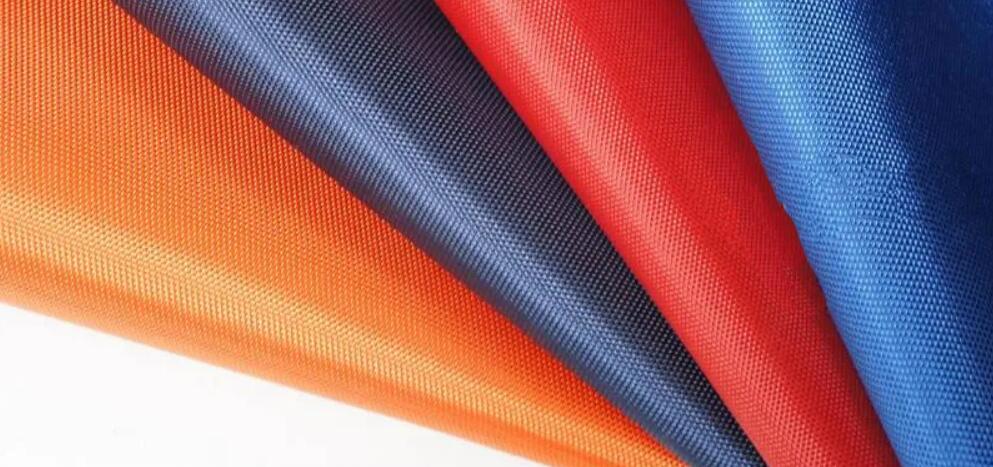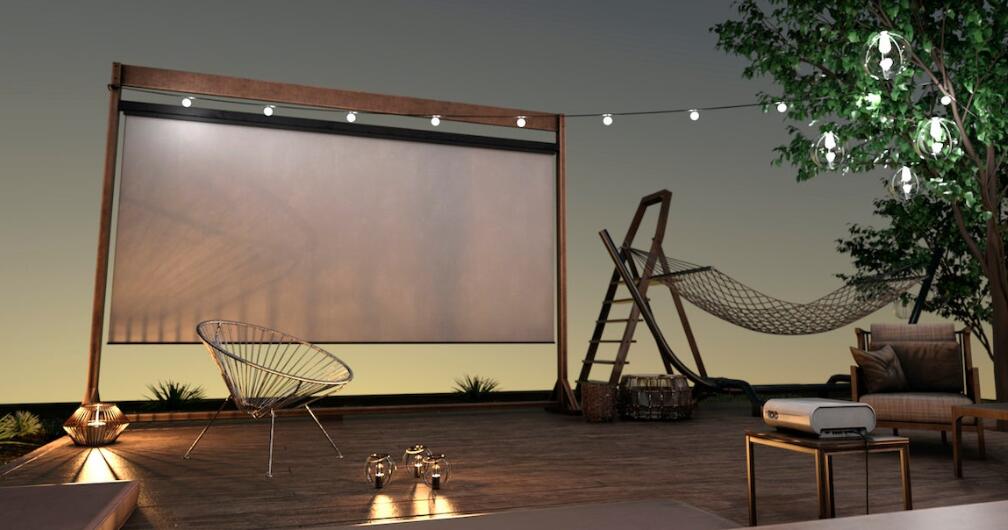
Polyvinyl Chloride (PVC) is a widely used plastic material with a variety of applications across many industries. PVC is a thermoplastic polymer that is synthesized from vinyl chloride monomer, which is produced by reacting ethylene with chlorine gas. PVC has a high molecular weight and is available in many different forms, such as flexible or rigid, transparent or opaque, and with different degrees of hardness.
PVC is a versatile material that has many benefits, including low cost, good chemical resistance, high mechanical strength, and excellent durability. These properties make PVC an attractive option for use in a wide range of applications, from construction and packaging to healthcare and transportation.
Contents
Everything You Need To Know About PVC
Construction Industry
PVC is widely used in the construction industry for various applications, including pipes, siding, flooring, and roofing. PVC pipes are strong, lightweight, and durable, making them ideal for plumbing and sewage systems. PVC siding is also popular because it is weather-resistant and can withstand harsh conditions.
PVC flooring is another popular choice in the construction industry due to its low cost and easy installation. PVC tiles and planks are available in many different colors and patterns, making them an attractive option for interior design. Additionally, PVC roofing is gaining popularity due to its resistance to UV radiation and extreme weather conditions.
Packaging Industry
The packaging industry is another major user of PVC. PVC films and sheets are used for packaging a variety of products, including food, pharmaceuticals, and consumer goods. PVC is a good barrier material, which means that it can protect products from moisture, gases, and other environmental factors that could affect their quality.
PVC films are also used for shrink-wrapping and stretch wrapping, which provides a tight seal around products and can help to extend their shelf life. Additionally, PVC is used in the production of blister packaging, which is commonly used for pharmaceuticals and consumer goods.
Healthcare Industry
PVC is widely used in the healthcare industry for a variety of applications, including medical tubing, IV bags, and surgical gloves. PVC medical tubing is flexible and durable, making it ideal for use in catheters, drainage tubes, and blood transfusion sets.
IV bags made from PVC are lightweight and easy to transport, making them a popular choice in hospitals and clinics. PVC surgical gloves are also widely used due to their high puncture resistance and excellent barrier properties.
Transportation Industry
PVC is also used in the transportation industry for various applications, including car interiors, seat covers, and dashboards. PVC is a durable material that can withstand the wear and tear of daily use, making it an ideal choice for car interiors.
PVC seat covers are also popular because they are easy to clean and can be customized with different colors and patterns. Additionally, PVC dashboards are gaining popularity due to their resistance to UV radiation and extreme temperatures.
Environmental Concerns
Despite its many benefits, PVC has come under scrutiny in recent years due to environmental concerns. PVC is made from vinyl chloride monomer, which is a toxic substance that can cause cancer and other health problems. Additionally, PVC is not biodegradable, which means that it can persist in the environment for a long time.
However, efforts are being made to address these concerns. Many manufacturers are developing alternative materials that are less harmful to the environment, such as biodegradable plastics and renewable materials. Additionally, recycling programs are being established to reduce the amount of PVC waste that ends up in landfills.
PVC material for projector screen

PVC material is commonly used as a material for projector screens due to its excellent optical properties and durability. When used as a projection screen material, PVC can provide a high-quality image with vivid colors and sharp details. In this article, we will explore the advantages of using PVC material for projector screens and some key considerations when selecting PVC material for this application.
Advantages of PVC Material for Projector Screens
- High Image Quality: PVC is an excellent material for projector screens because it offers high light transmission and color accuracy. This means that images displayed on a PVC screen will be bright, sharp, and true to life.
- Durability: PVC is a very durable material that is resistant to scratches and punctures. This makes it ideal for use as a projection screen material, as it can withstand the wear and tear of frequent use.
- Easy to Clean: PVC is very easy to clean and maintain, which is important for projector screens that are often used in public spaces. PVC screens can be wiped clean with a damp cloth, and they are resistant to stains and discoloration.
- Affordable: PVC is an affordable material, which makes it a popular choice for projector screens. PVC screens are available in a wide range of sizes and configurations, making it easy to find a screen that fits your budget.
Key Considerations when Selecting PVC Material for Projector Screens
- Gain: PVC screens are available in a range of gain values, which refers to the amount of light that is reflected by the screen. Higher gain values produce brighter images, but they can also produce a “hot spot” effect where the image is brighter in the center of the screen. Lower gain values produce a more uniform image, but they may not be as bright.
- Viewing Angle: The viewing angle of a projector screen refers to the angle at which the image can be viewed without a significant loss of brightness or color accuracy. PVC screens are available with different viewing angles, so it’s important to select a screen that has a viewing angle that works well for your space.
- Thickness: PVC screens are available in different thicknesses, which can affect the image quality and durability of the screen. Thicker screens may be more durable, but they may also be more prone to image distortion. Thinner screens may be more flexible, but they may not be as durable.
- Tensioning: PVC screens can be tensioned or stretched to create a smooth, flat surface for projection. Tensioning is important for producing a high-quality image, but it can also increase the cost and complexity of the screen installation.
PVC material is an excellent choice for projector screens due to its high image quality, durability, and affordability. When selecting PVC material for a projector screen, it’s important to consider factors such as gain, viewing angle, thickness, and tensioning to ensure that you select a screen that meets your needs and provides the best possible image quality.
Conclusion
PVC is a versatile material that has many benefits and is used in a wide range of industries, including construction, packaging, healthcare, and transportation. While there are concerns about its environmental impact, efforts are being made to address these issues and develop more sustainable alternatives. Overall, PVC will likely continue to play an important role in many industries for years to come.